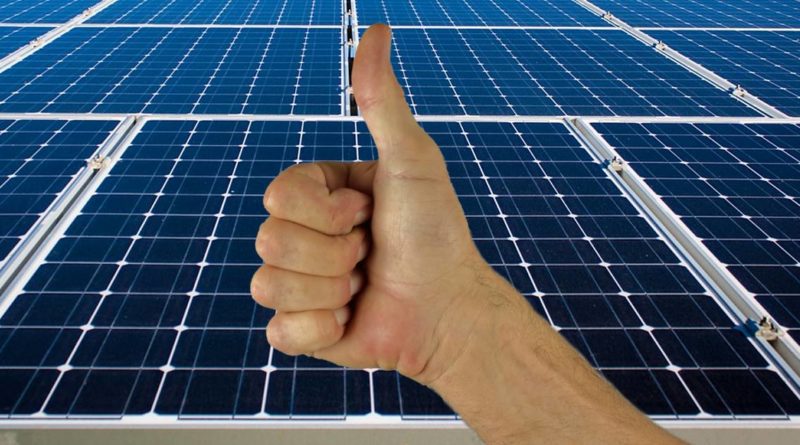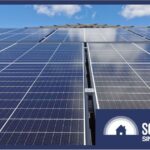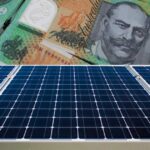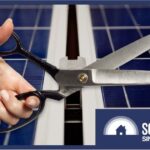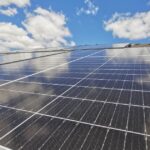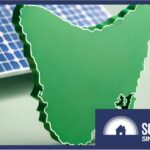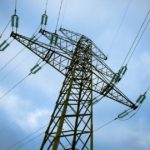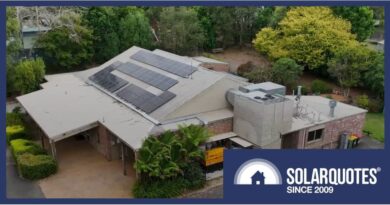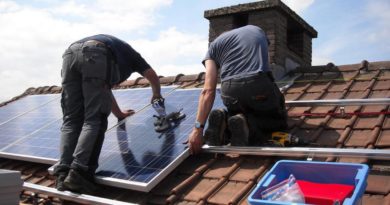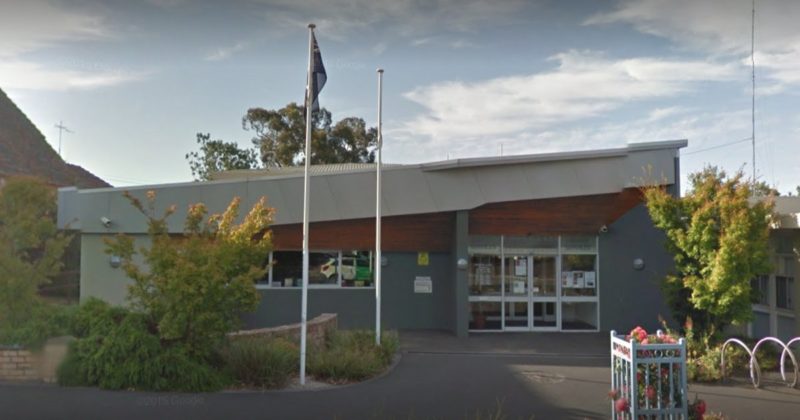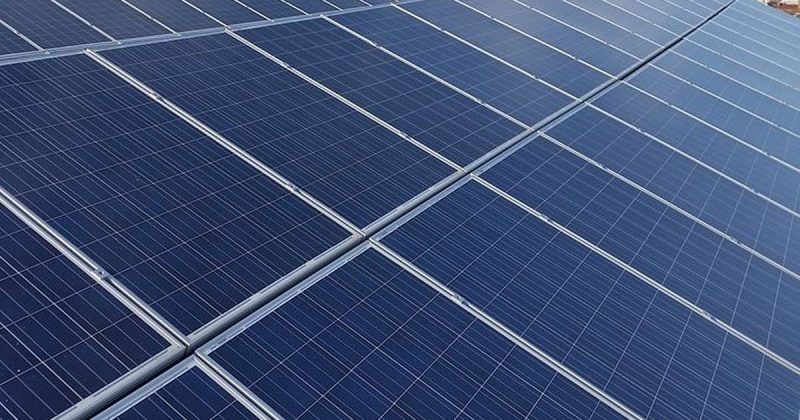Better Feed-In Tariffs For NSW Solar Owners
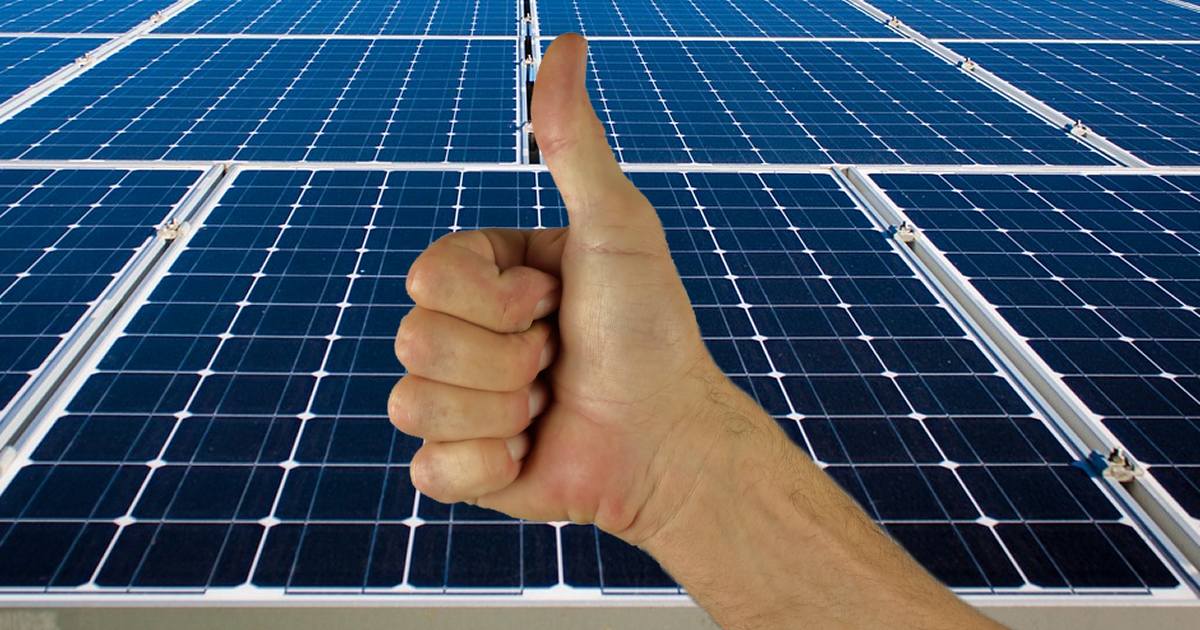

There’s some good news for owners of solar power systems in New South Wales from the state’s Independent Pricing and Regulatory Tribunal (IPART).
In New South Wales feed-in tariffs don’t have to be offered by electricity retailers, but most of them do. And where they are offered, there’s no set minimum. But each year, IPART publishes solar feed-in tariff rate recommendations for the following financial year and it’s not unusual for electricity retailers to offer more.
On Friday the agency released its 2022-23 guidance indicating solar customers can expect to receive 6.2 to 10.4 c/kWh from their electricity retailer for surplus solar electricity exported into the grid under an “all day” feed-in tariff rate. This is an increase from the 4.6 to 5.5 c/kWh guidance for 2021-22.
The reason for the increase (and greater range) won’t come as a shock to anyone:
“In 2022-23 we are expecting higher wholesale electricity prices, driven by higher coal and gas prices, and planned and unplanned plant outages.” said Tribunal member Sandra Gamble.
In addition to the “all day” rate, IPART has also made recommendations for another option electricity retailers can offer – “time-of-day” feed-in tariffs. Here’s how those benchmark ranges look in 2022-23 compared to 2021-22. IPART has also provided an indicator of the proportions of solar electricity exports for the given timeframes.
| Time period | 2021-22 (c/kWh) | 2022-23 | % of exports |
| 6 am to 3 pm | 4.3c to 5.1c | 5.6c to 9.7c | 90.91% |
| 3 to 4 pm | 6.6c to 8.1c | 7.7c to 14.3c | 6.23% |
| 4 to 5 pm | 9.6c to 12.4c | 12.3c to 24.8c | 2.28% |
| 5 to 6 pm | 11.5c to 14.5c | 11.1c to 20.0c | 0.41% |
| 6 to 7 pm | 8.5c to 9.9c | 16.3c to 27.4c | 0.03% |
| 7 to 8 pm | 6.3c to 7.3c | 9.9c to 16.5c | 0.01% |
| 8 pm to 6 am | 4.3c to 5.1c | 6.3c to 10.5c | 0.12% |
Beyond 2022-23, IPART expects additional solar capacity to put downward pressure on wholesale electricity prices. Solar power is already exerting downward pressure on wholesale prices, but other events are currently overriding this effect.
New South Wales is still heavily dependent on fossil fuels for electricity generation, with coal power accounting for 62.8% of electricity consumption in the state last year, and 5.7% attributed to gas (Source: OpenNEM). It’s no coincidence the two states most heavily dependent on coal power – Queensland and New South Wales – are the states to be hit hardest with looming electricity price hikes.
Solar Energy Self-Consumption Still Rules
A bump up in feed-in tariff rates will be welcomed by NSW solar owners, but the focus should still be on maximising solar energy self-consumption. With mains grid electricity usage rates generally ranging from 21c – 30c per kilowatt hour at the moment in NSW (and set to increase), a kilowatt-hour of solar electricity consumed in the home is far more valuable than a kilowatt-hour sold to an electricity retailer.
Unlocking the true savings from having solar panels installed is about load-shifting; that is, running appliances during the daytime where possible.
Just another note on feed-in tariffs: the highest rate offered doesn’t always represent the best overall deal. The best electricity plan when it comes to solar offers a balance of good feed-in-tariff rate, low usage tariffs and low daily charges. The SolarQuotes electricity retailer comparison tool is currently undergoing a revamp, but you can compare plans at EnergyMadeEasy.
If you’re still considering whether to install solar panels, check out SolarQuotes founder Finn’s guide to going solar in New South Wales, and SQ has more information on home solar power in NSW here.
Original Source: https://www.solarquotes.com.au/blog/feed-in-tariff-nsw-mb2515/

